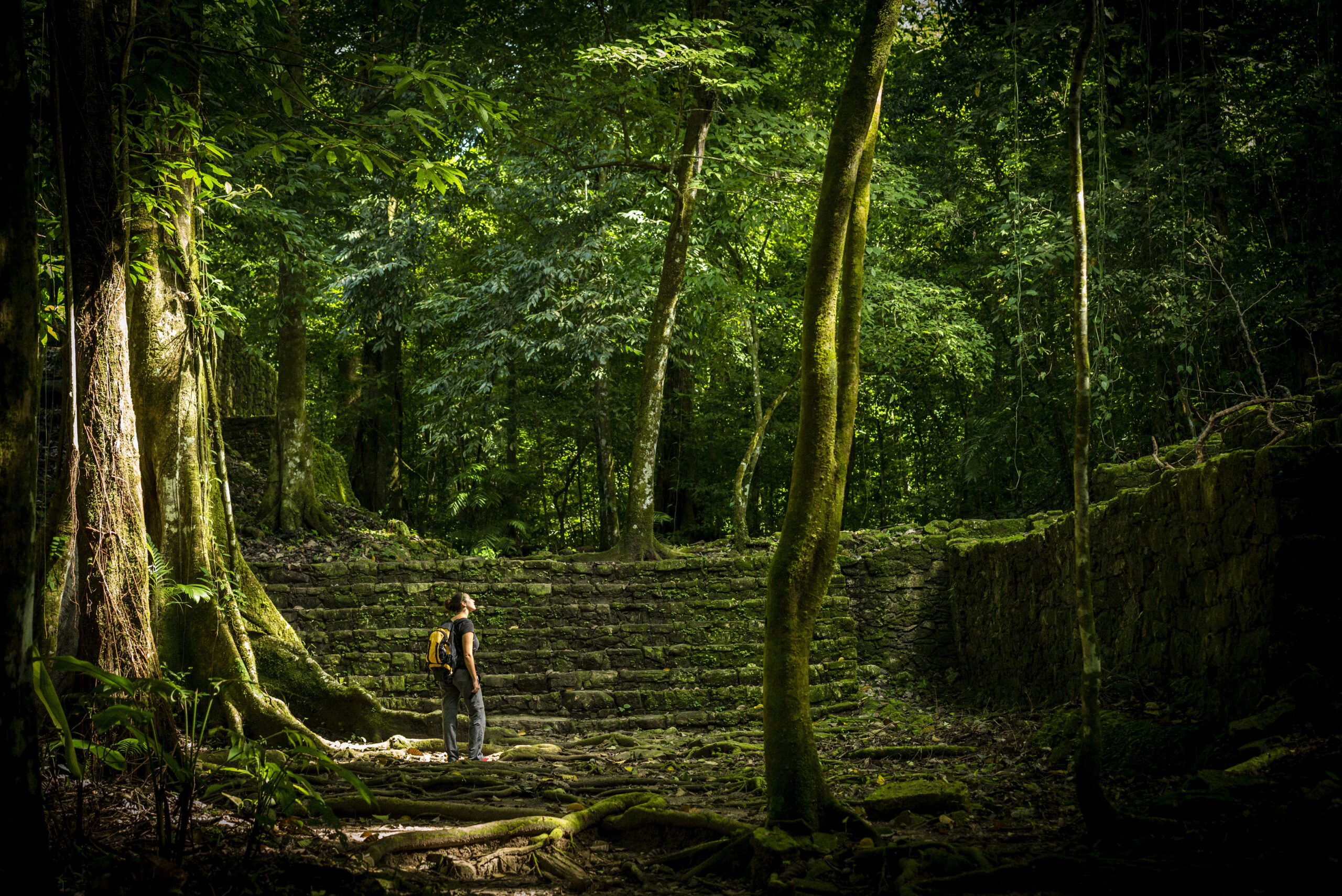Time travel has always held a fascination for humankind. The idea of being able to journey to the past to witness historic events or venture into the future to see the marvels of technology yet to come has captivated the imagination of generations. From H.G. Wells’ “The Time Machine” to the popular television series “Doctor Who,” time travel features prominently in science fiction.
However, is time travel just a figment of our collective imagination, or is it possible that one day we may actually be able to traverse the fourth dimension? In this article, we will examine the science behind time travel, delving into the realm of theoretical physics to explore the possibilities and paradoxes of venturing through time.
Understanding Time: The Fourth Dimension
Before we can discuss time travel, it is essential to have a basic understanding of time itself. Time is often referred to as the fourth dimension, with the first three dimensions being the familiar spatial coordinates of length, width, and height.
In 1905, Albert Einstein revolutionized our understanding of time with his Special Theory of Relativity. According to this theory, time and space are intertwined and form a four-dimensional continuum known as spacetime. Rather than flowing at a constant rate, as previously believed, time was found to be relative, affected by factors such as speed and gravity.
Einstein’s theory showed that time is not an absolute, independent entity, but rather part of the fabric of the universe. This realization opened up the possibility that time may be manipulated, possibly allowing for time travel.
Wormholes: The Cosmic Shortcut
One potential method for time travel involves the use of wormholes. A wormhole is a theoretical passage through spacetime that connects two separate points in space and time. This concept is based on the mathematical solutions to Einstein’s equations for general relativity.
In simple terms, a wormhole can be thought of as a tunnel with two ends, each at separate points in spacetime. If it were possible to create a stable wormhole, it could potentially allow for travel between different moments in time or locations in the universe.
However, there are significant challenges to overcome before the creation of a practical wormhole can be realized. For one, the energy required to generate and stabilize a wormhole would be immense. Additionally, the size of a naturally occurring wormhole, according to current theoretical models, would be microscopic and unstable, making it unsuitable for practical use.
Despite these obstacles, the concept of wormholes remains a tantalizing possibility in the realm of time travel.
Time Dilation: A Journey into the Future
Another potential method for time travel is based on the concept of time dilation. Time dilation is a phenomenon predicted by Einstein’s theory of relativity, which states that time passes at different rates for objects moving at different speeds or experiencing different gravitational forces.
For example, consider a spaceship traveling at a significant fraction of the speed of light. According to the theory of relativity, time will pass more slowly for the people on board the spaceship than for those who remain on Earth. This means that when the spaceship returns to Earth, the astronauts will have aged less than their counterparts who remained behind.
This phenomenon has been confirmed through experiments using atomic clocks, which have been sent on high-speed flights and observed to run more slowly than identical clocks on Earth. While this form of time travel only allows for a one-way journey into the future, it remains an intriguing possibility for exploring the wonders of the cosmos.
The Paradoxes of Time Travel
While the prospect of time travel is undoubtedly fascinating, it also raises several perplexing paradoxes that challenge our understanding of the universe.
One such paradox is known as the “grandfather paradox.” Imagine that you were to travel back in time and accidentally cause the death of your grandfather before your parent was born. This would mean that you could never have been born, and therefore could not have traveled back in time to cause your grandfather’s death.
Another paradox is the “bootstrap paradox.” This occurs when an object or piece of information is sent back in time, creating a loop in which it has no discernible origin. For example, imagine that you receive a mysterious book from an unknown author. You then travel back in time and give the book to a young writer, who goes on to publish it under their own name. In this scenario, who actually wrote the book?
These paradoxes highlight the complexities and potential pitfalls of time travel, and have led some scientists to argue that it may be fundamentally impossible.
Quantum Mechanics and Time Travel
While the field of general relativity provides some tantalizing possibilities for time travel, the realm of quantum mechanics may offer even more intriguing opportunities.
Quantum mechanics is the branch of physics that deals with the behavior of matter and energy at the atomic and subatomic scale. This field has produced a variety of strange and counterintuitive phenomena, such as particles being in multiple states simultaneously (quantum superposition) or particles becoming instantaneously linked regardless of distance (quantum entanglement).
One of the most fascinating aspects of quantum mechanics is the concept of parallel universes. This idea, which is rooted in the “many-worlds interpretation” of quantum mechanics, posits that there are an infinite number of parallel universes in which every possible outcome of every event occurs.
In this framework, time travel could potentially be achieved by traveling between these parallel realities. By jumping from one universe to another, a time traveler could effectively alter the past without creating paradoxes, as each universe would have its own independent timeline.
However, this concept remains purely theoretical, and there is much debate within the scientific community regarding the validity of the many-worlds interpretation.




